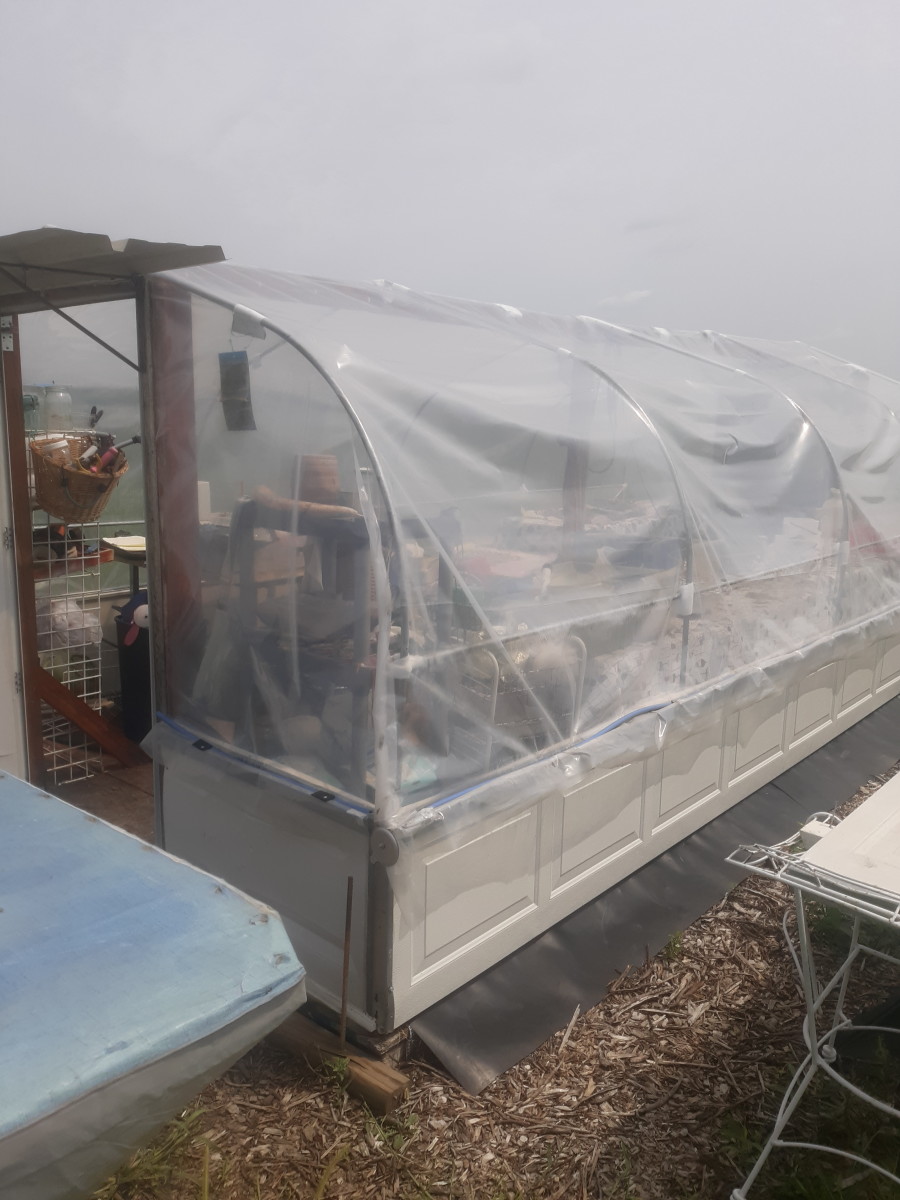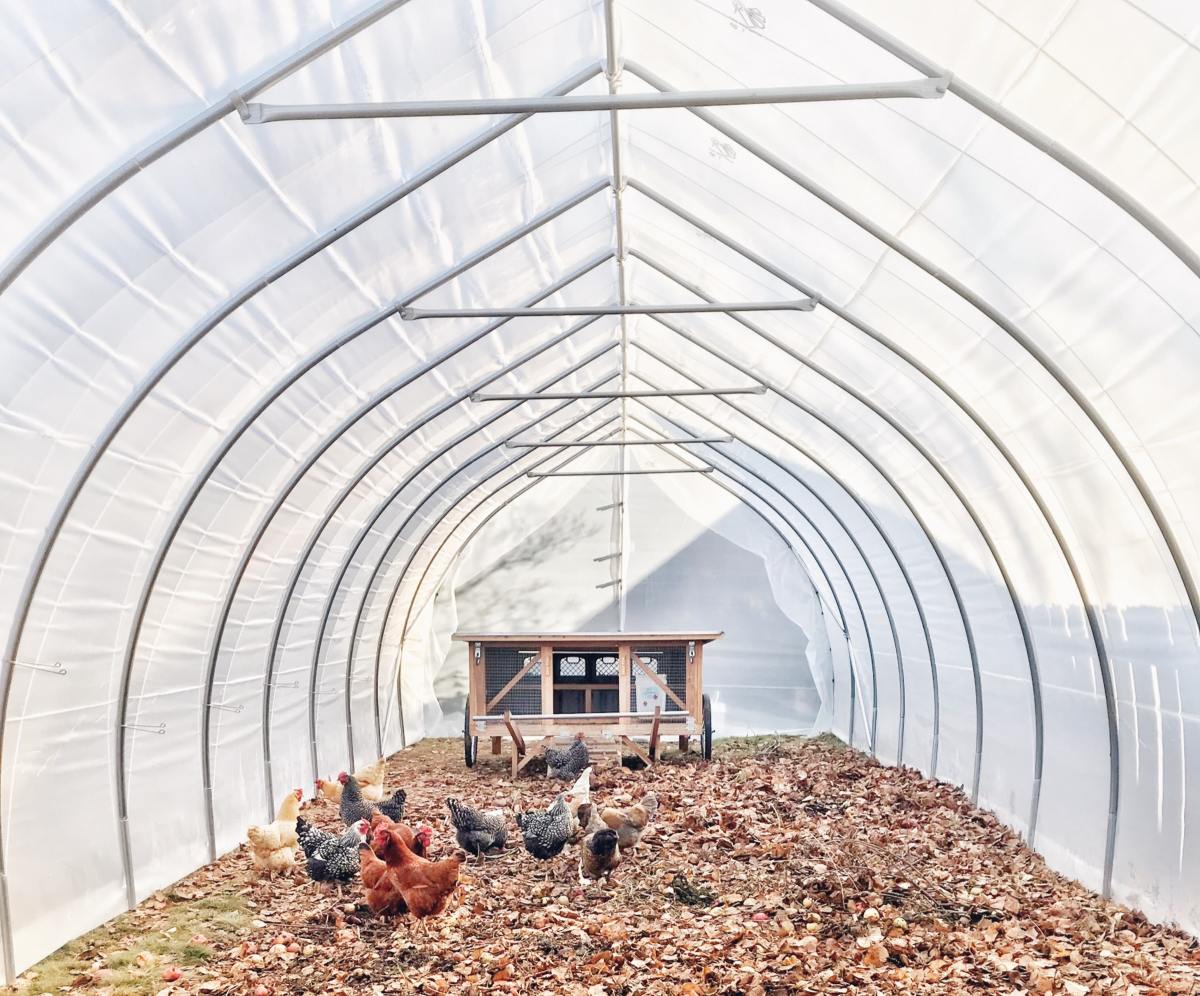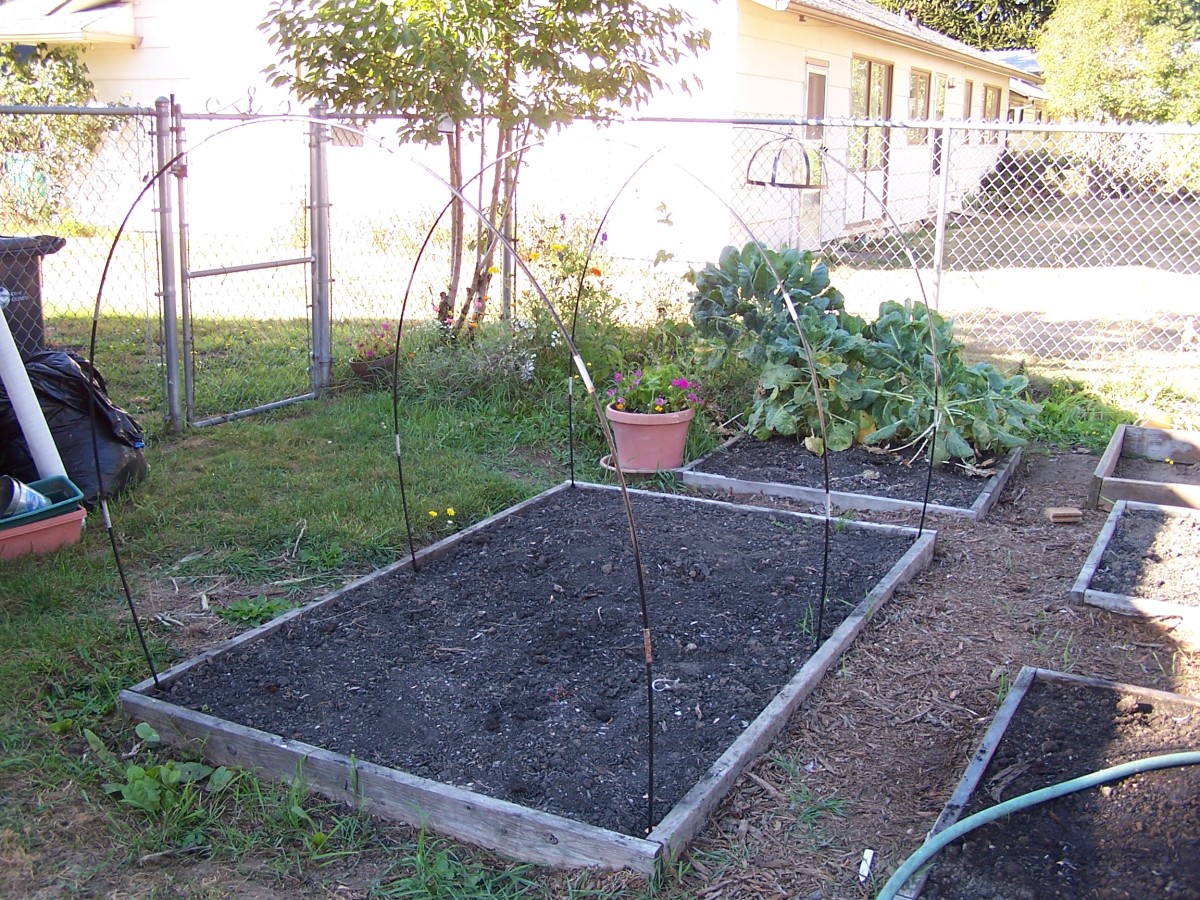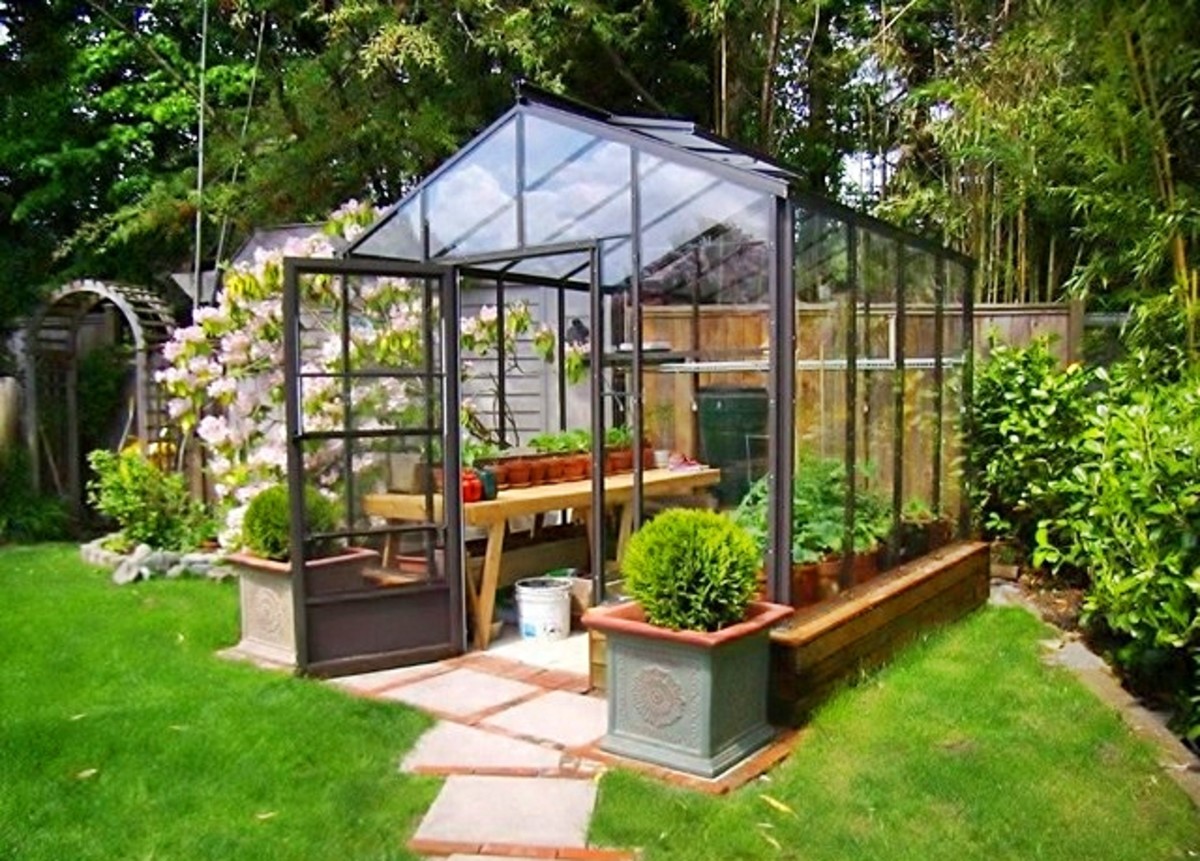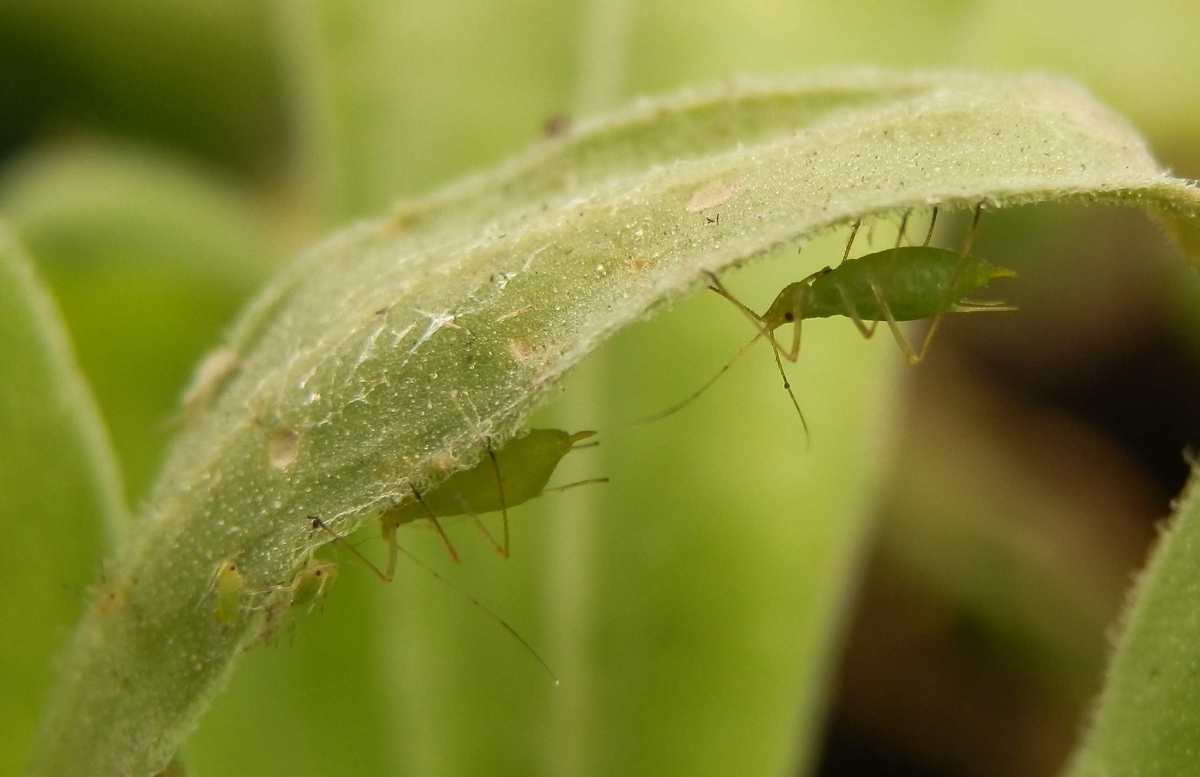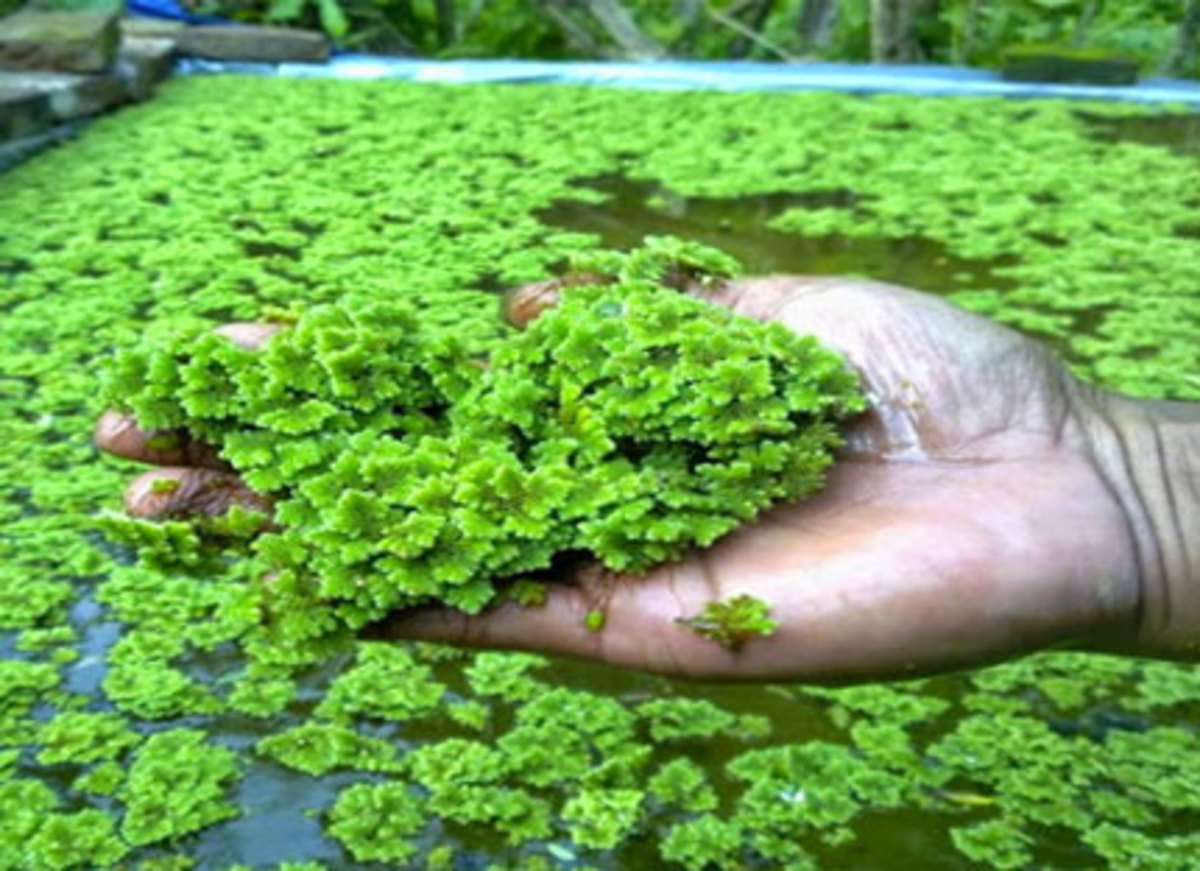What Are Greenhouse Windows Made Of?

In the early 20th century, growers had only one choice of materials for greenhouse windows: glass. Just after World War II, Emery Emmert, a faculty member at the University of Kentucky, began experimenting with plastic. He developed the high tunnel, a quonset-shaped greenhouse covered with plastic sheeting. Today, according to Bob Anderson, horticulture specialist at the University of Kentucky, plastic greenhouses cover 21 billion square feet of land around the world.
Glass
Though plastic greenhouses are more common than glass, glass remains a viable choice for greenhouse windows. Glass structures can be made weather-tight, minimizing heating costs. Glass is also easy to maintain. An aluminum frame with glass windows is nearly maintenance-free. The problem with glass is that it is breakable. Glass roofs are especially susceptible to breakage from hail and storm debris. Tempered glass, though more expensive, is two or three times stronger than untempered, making it a better choice for roofs and high-traffic areas.
Rigid Plastic
Rigid plastic is a less breakable alternative to glass. The two most common rigid plastic alternatives are fiberglass-reinforced rigid plastic and acrylic. Acrylic, plexiglass, for example, has a long life, is more impact-resistant than glass and is flexible enough to be used in curved windows. It is, however, much more expensive than glass, making it a more likely choice for high-end conservatories than it is for hobby garden greenhouses. Fiberglass is affordable, strong and durable, but it attracts dirt and requires regular cleaning. It also needs to be resurfaced with an acrylic liquid sealer every four to five years.
Plastic Film
Plastic film is flexible, making it ideal for tall tunnels. It is also the most affordable of all the greenhouse glazing choices. Polyethylene film is the most inexpensive choice for hobby greenhouses. However, it must be replaced every year because ultraviolet light breaks it down and makes it unusable. Polyvinyl chloride film is both more durable and more expensive than polyethylene. Polyvinyl chloride needs to be cleaned more often than most greenhouse coverings because it attracts dust, and it needs to be replaced every two to three years.
Double Layer
Double layers of any of these materials offer definite advantages. According to Raymond Sheldrake, who was a professor at Cornell University, two layers of plastic offer enough insulation that 40 percent less heat is required to keep a greenhouse at optimal temperature during the winter (when compared with single-layer greenhouses). Double-layer windows build up less condensation than single-layer. Condensation on windows blocks light to the plants and lowers the internal temperature of the greenhouse on sunny days.


